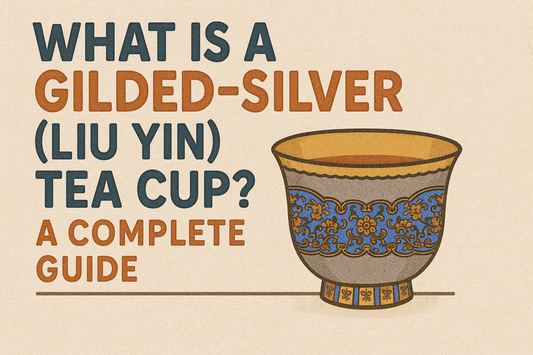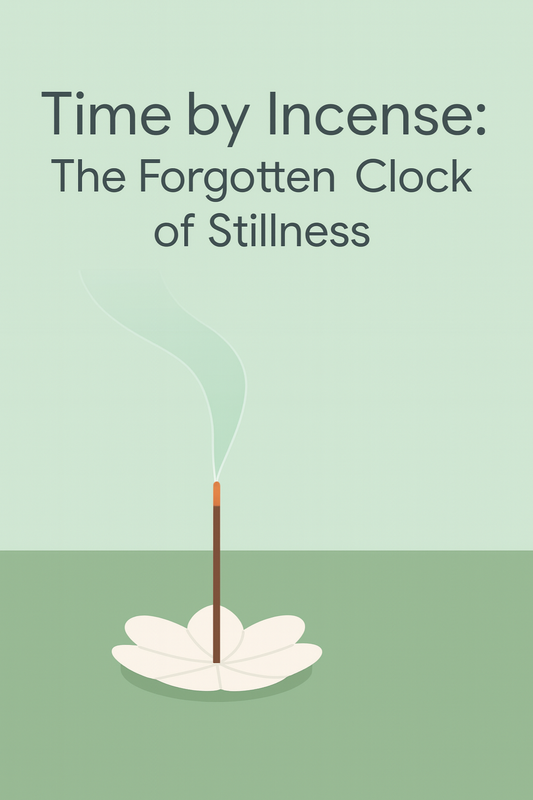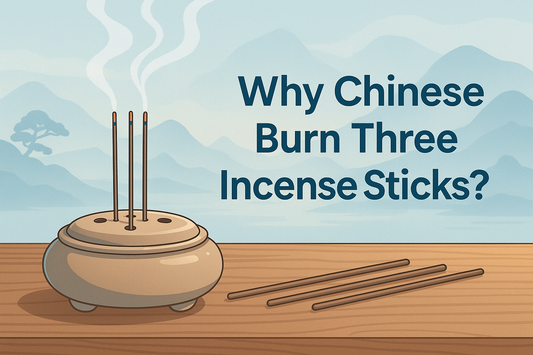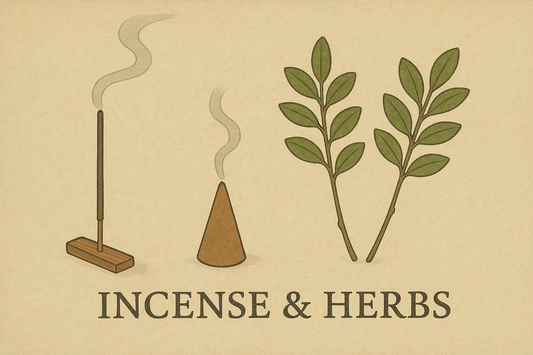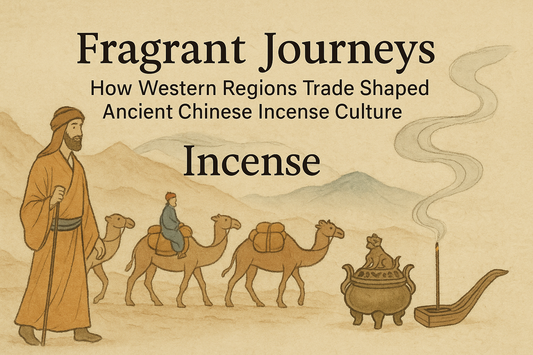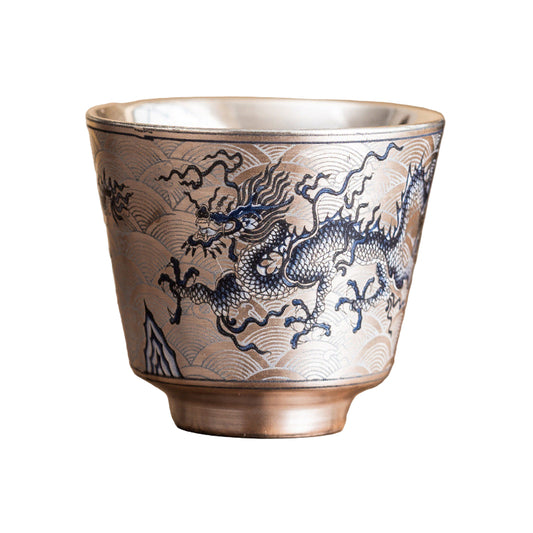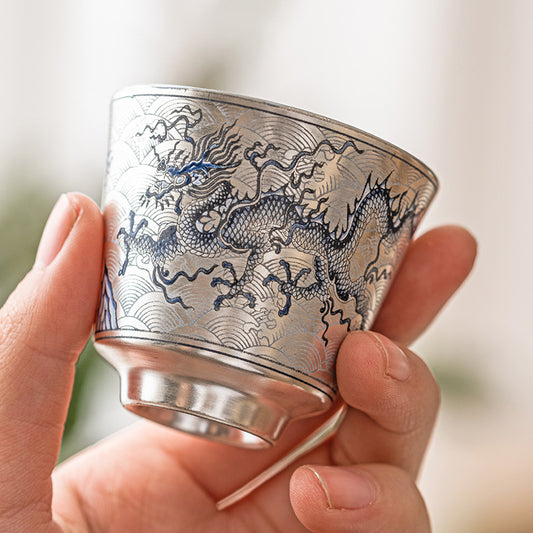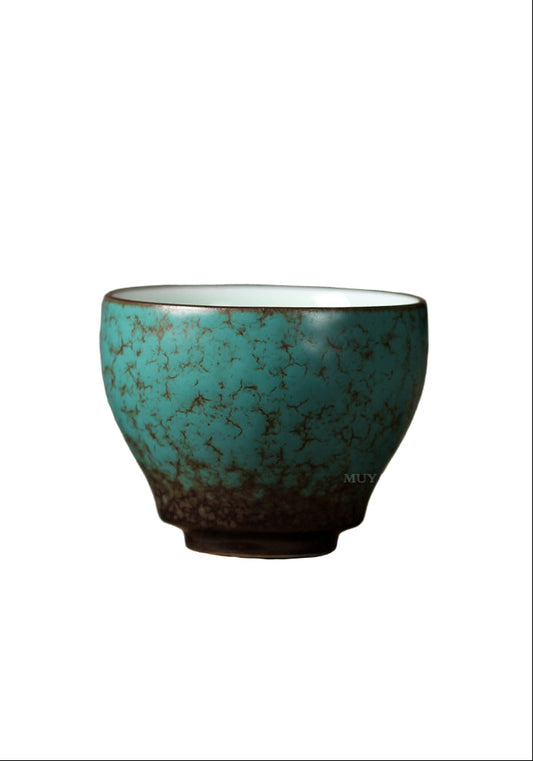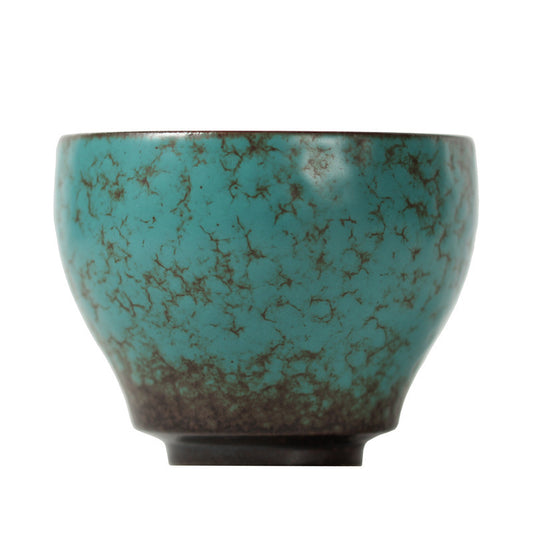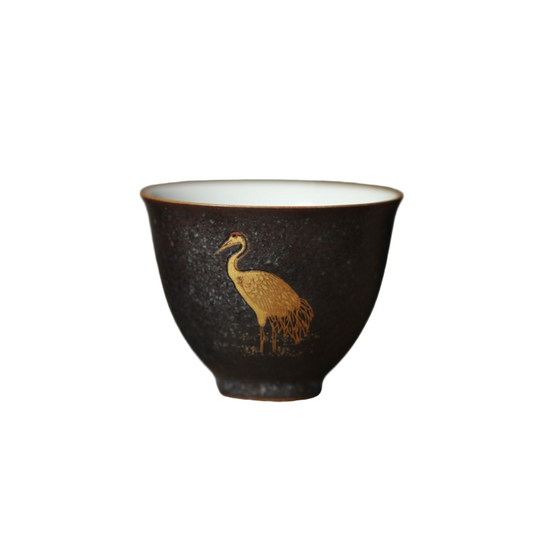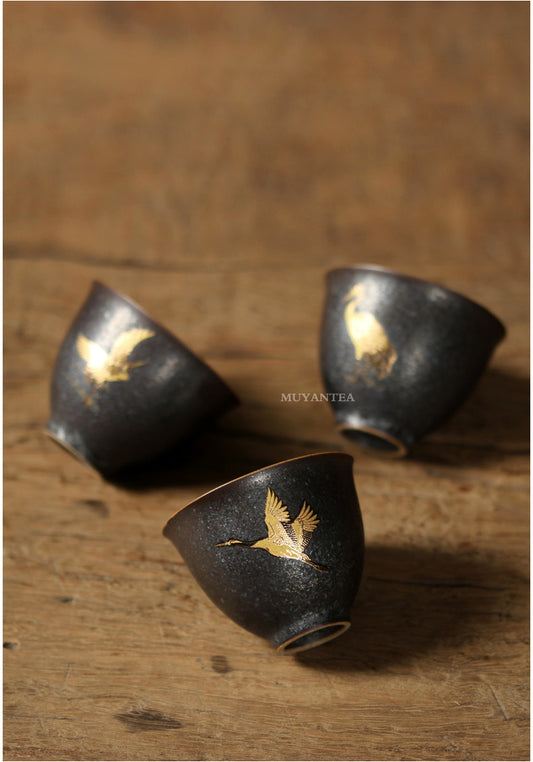
The Humble Stick: A Silent Witness to History
The Humble Stick: A Silent Witness to the History of Chinese Incense
There’s a quiet elegance to a stick of incense, isn’t there? A slender rod, seemingly simple, yet capable of releasing a world of fragrance and evoking a sense of calm. For me, it’s a small ritual that grounds me, a moment of stillness in a bustling world. But this humble stick, so familiar to us today, has a rich and complex history, particularly in China, where its evolution mirrors the ebb and flow of a civilization. It’s a story not just of aromatic compounds, but of cultural shifts, spiritual practices, and the ingenuity of human hands.
While the burning of aromatic woods and resins dates back millennia across various cultures, the development of Chinese stick incense as we know it is a distinctly Chinese innovation. It’s a testament to a continuous tradition, where practical needs and spiritual aspirations intertwined to shape an art form. Let’s trace the fascinating journey of Chinese stick incense, from its earliest forms to the refined creations we cherish today.
From Powder to Perfection: The Genesis of Chinese Stick Incense
Early Forms: Beyond the Stick
Before the advent of stick incense, Chinese aromatic practices involved burning loose powders, resins, and wood chips in censers. These early forms were often used in religious ceremonies, ancestral worship, and for medicinal purposes. The smoke, believed to carry prayers to the heavens, was a vital link between the earthly and spiritual realms.
Archaeological evidence suggests the use of aromatic substances as far back as the Neolithic period, with more formalized use emerging during the Shang Dynasty (c. 1600–1046 BCE), where oracle bone inscriptions hint at their role in divination.
The Han Dynasty and the Rise of Incense Clocks
The Han Dynasty (206 BCE–220 CE) saw a significant expansion in the use of incense, fueled by the opening of the Silk Road, which brought new and exotic aromatic materials to China. While stick incense hadn't fully developed, this era witnessed the innovation of 'incense clocks' or 'incense seals'—powder incense pressed into patterned molds and used for timekeeping. This ingenuity reflected growing sophistication in incense use.
Chinese Stick Incense in the Tang and Song Dynasties
The Tang Dynasty (618–907 AD), considered a golden age of Chinese culture, brought incense into daily and courtly life. Incense tools, ceremonies, and fragrant compositions were highly developed. The era saw greater refinement in blending and preparation, laying the groundwork for line incense.
It was truly in the Song Dynasty (960–1279 CE) that Chinese stick incense began to flourish. Known as 線香 (line incense), these sticks were made by grinding aromatic materials into powder, binding them, and shaping them into uniform sticks. Their convenience made them ideal for meditation, tea rituals, and home atmospheres.
Ming & Qing Dynasties: The Rise of Bamboo-Core Incense
By the Ming Dynasty (1368–1644 CE), stick incense with a bamboo core became widespread. This innovation provided structure and a more reliable burn, making incense more practical across all social classes.
The Qing Dynasty (1644–1912 CE) saw further diversification and standardization. Regional blends emerged, incense became an industry, and master artisans passed down recipes and techniques. It was a time when incense represented both functional daily use and exquisite cultural artistry.
The Legacy of Chinese Stick Incense Today
The evolution of Chinese stick incense is a remarkable journey. From loose resins to finely crafted sticks, this tradition reflects China’s devotion to scent, spirituality, and beauty. Today, it remains a bridge between history and the present.
Whether lit in temples or modern homes, Chinese stick incense carries quiet power. It invites stillness, honors the past, and brings intention to the now. As I light a stick, I often think of the hands that shaped this tradition—and the fragrant whispers of history it still carries.
Frequently Asked Questions: Chinese Stick Incense
Q: When did stick incense originate in China?
A: While aromatic substances were used much earlier, stick incense began gaining prominence during the Song Dynasty (960–1279 CE), with widespread adoption by the Ming Dynasty.
Q: What was used before stick incense?
A: Loose powders, resins, wood chips, and incense clocks were commonly used in early periods like Shang and Han Dynasties.
Q: How did the Silk Road influence Chinese incense?
A: It introduced exotic materials like frankincense and agarwood, greatly expanding the ingredient range for incense makers.
Q: What is the significance of the bamboo core in stick incense?
A: The bamboo core gave structural integrity and allowed consistent burning—popularized during the Ming Dynasty.
Q: Is Chinese stick incense still used today?
A: Yes, widely used for meditation, religious rituals, aromatherapy, and home ambiance worldwide.
Ready to Experience Chinese Stick Incense?
Reconnect with centuries of aromatic wisdom and explore the subtle elegance of handmade incense traditions. Explore Our Incense Collection


